Table of Contents
We review all suggested products and services on our own. We might earn a commission if you click on the links we share. Find out more.
Portfolio management software acts as a personalized organizer for your investment details. It helps you track your net worth, gains, and losses and see how diversified your assets are. This software can combine information from various accounts, making it easier to manage your finances.
Portfolio management software comes in different types. Some are just for tracking investments, while others help with budgeting, saving, debt management, and spending. Prices vary from free to over $100 per year. Whether you have a financial advisor or not, you can find software that suits your needs.
QUICKEN PREMIER
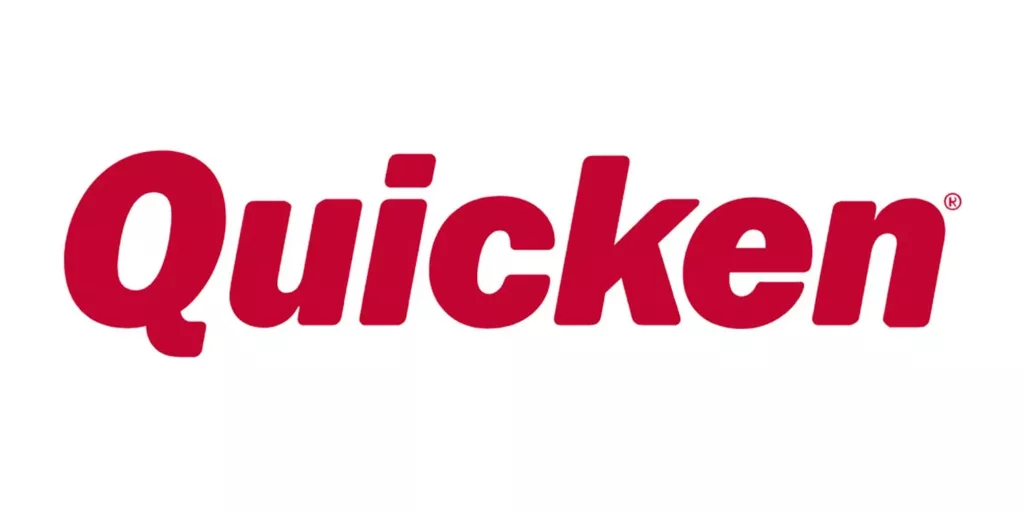
- Year Founded: 19821 Crunchbase. “Quicken.”
- Trackable Asset Classes: Stocks, mutual funds, options, bonds, ETFs, physical/tangible assets, real estate
- Trackable Account Types: Brokerages, bank accounts, 401(k) plans, IRAs
Overview
Quicken is a well-established portfolio management software that is available today. It has evolved to support various assets by connecting to your brokerage, banking, or debt accounts and automatically importing or letting you input data manually. Quicken is suitable for beginners and advanced investors who want to track various investments like options, stocks, bonds, and company stocks. With its manual input feature, you can track almost any type of asset.
The reports provided by this software analyze every aspect of your financial situation, including savings, spending, debts, investments, physical real estate, commodities, and more. It also offers comprehensive retirement planning tools and reports. Examples of investment analysis and reports are included as well.
- Capital gains
- Investing activity
- Investment asset allocation
- Investment Income
- Investment performance
- Maturity dates for bonds and CDs
- Portfolio value and cost basis
- Internal rate of return
- Net worth
Quicken offers a complete tool for budgeting, saving, and tracking spending, along with advanced investment management features. You can customize and download reports to a spreadsheet for detailed analysis, and the historical data you can access is unlimited.
With Quicken, you can easily upload your bank account transactions, balances, and investment details. There are different Quicken programs, each with different subscription prices.
Pros & Cons
Pros
- Customizable reports that can be tailored to your preferences.
- Effortless import of both past and present financial data for investment, cash, and debt accounts.
- Great phone customer support and problem-solving assistance.
- Reports cover banking, spending, investing, taxes, and net worth categories.
- You can categorize all transactions for detailed analysis.
Cons
- Sometimes experiences trouble updating accounts.
- Requires a subscription and doesn’t offer a one-time payment option.
- It is not ideal for highly experienced active traders who engage in complex investment strategies or use derivative investments.
SHARESIGHT
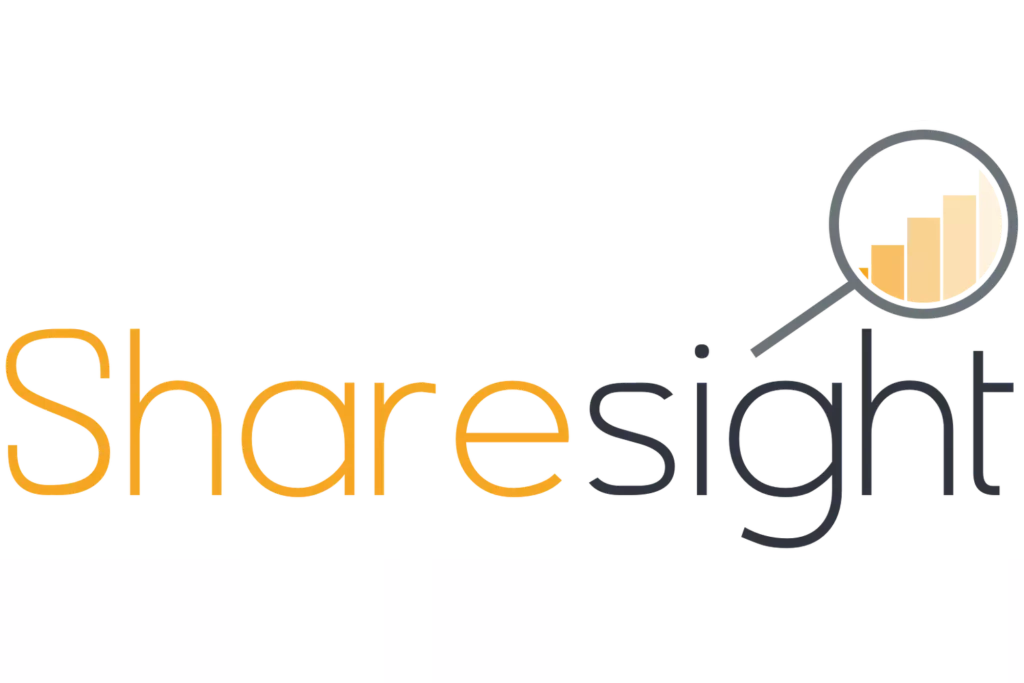
Overview
Sharesight was created by an Australian father and son to offer a more efficient way to monitor investments. It’s suitable for local and international investors and can import data from up to 200 brokerage accounts. You can manually add any investment, like -personal real estate, but not short sale transactions. The setup process allows you to track current and future holdings, but historical transactions must be added manually.
Sharesight automatically keeps track of dividend payments, share splits, and other important corporate actions. To start using Sharesight, log into your brokerage account, create a transaction report, download it, and then upload it to Sharesight. To keep your future transactions updated, you or your broker can email transactions to Sharesight or use “Sharesight Connect,” an integration between your broker and Sharesight. However, uploading
The tracking reports include:
- Valuing in multiple currencies.
- Comparing portfolios over different periods.
- Anticipated future earnings from dividends and interest payments.
- Analysis of how diversified a portfolio is across different investment areas, types of assets, countries, and markets.
- Asset allocation refers to dividing your money among different types of investments, like stocks, bonds, and cash.
Pricing varies, from free for small portfolios to $31 monthly for ten portfolios, comprehensive reporting, and priority support. There’s also a professional level available for investment advisors.
Pros & Cons
Pros
- Monitors stocks and mutual funds from global exchanges.
- Ideal for investors who have investments or live internationally.
- Provides benchmarking to compare your portfolio with typical market standards.
- The four pricing tiers cater to novice investors and those with intricate investment portfolios.
Cons
- Doesn’t track short sales.
- Does not automatically upload broker account information.
- Doesn’t automatically add past transactions.
- You or your broker need to take extra steps to update transactions.
EMPOWER PERSONAL DASHBOARD
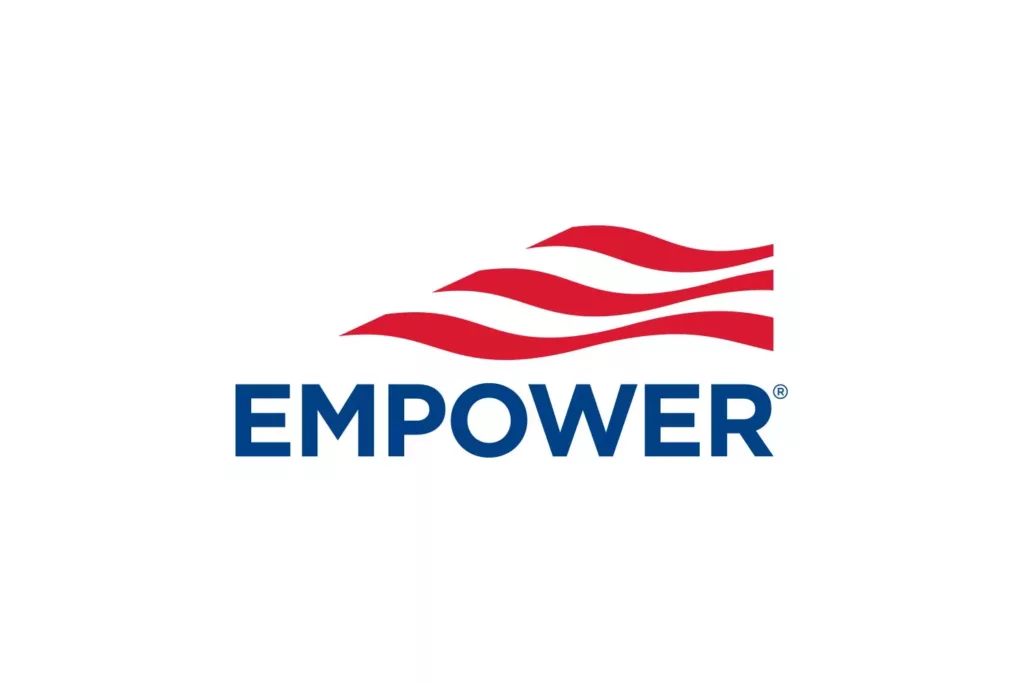
Year Founded: Personal Capital was established in 2009 and was acquired by Empower in 2020.
Trackable Asset Classes: Investment options include stocks, bonds, funds, cash equivalents, and real estate.
Trackable Account Types: Investments, retirement plans (401(k)), bank accounts, debts.
Overview
Empower, formerly known as Personal Capital, provides a comprehensive set of free investment management software and tracking tools. They also offer paid investment management and financial planning services. Signing up for an account is easy; you can connect your investment brokerage, banking, and credit card accounts. You can also include your home and get an updated valuation from an online real estate portal. Once everything is linked, the dashboard gives you a complete view of your investments, spending, savings, debts, and net worth.
The reports, insights, and investment analysis tools cover a wide range of features, including:
- Total value of assets and account balances
- Managing your money
- Analyzing your money movement
- Earnings summaries
- Expense summaries
- Profit from investments
- Views of how your assets are divided
- Tool for planning retirement and analyzing fees
- Investment review
The Retirement Planner allows you to analyze different scenarios, such as handling unexpected income or big expenses like college tuition. The Recession Simulator shows how a bad economy could affect your finances. The Investment Checkup examines your asset distribution and suggests improvements.
The platform doesn’t offer the same customization and downloading options as Quicken. Also, if your portfolio is worth more than $100,000, expect a call from an Empower representative. They’ll provide a helpful portfolio analysis and details about Empower’s investment management service.
Pros & Cons
Pros
- Comprehensive free tools for analyzing and planning investments.
- Accounts over $100,000 get a complimentary portfolio review by a financial advisor.
- Planning for retirement based on different scenarios is helpful for both young and older investors.
- The Investment Checkup and asset allocation modeling are built on the Markowitz Efficient Frontier principle.
- The fee analyzer shows you how much of your money is used for investment management and administrative purposes.
Cons
- Reports cannot be extensively customized.
- Budgeting tools are not fully inclusive.
- Some people may not like receiving a call from an Empower representative.
MINT
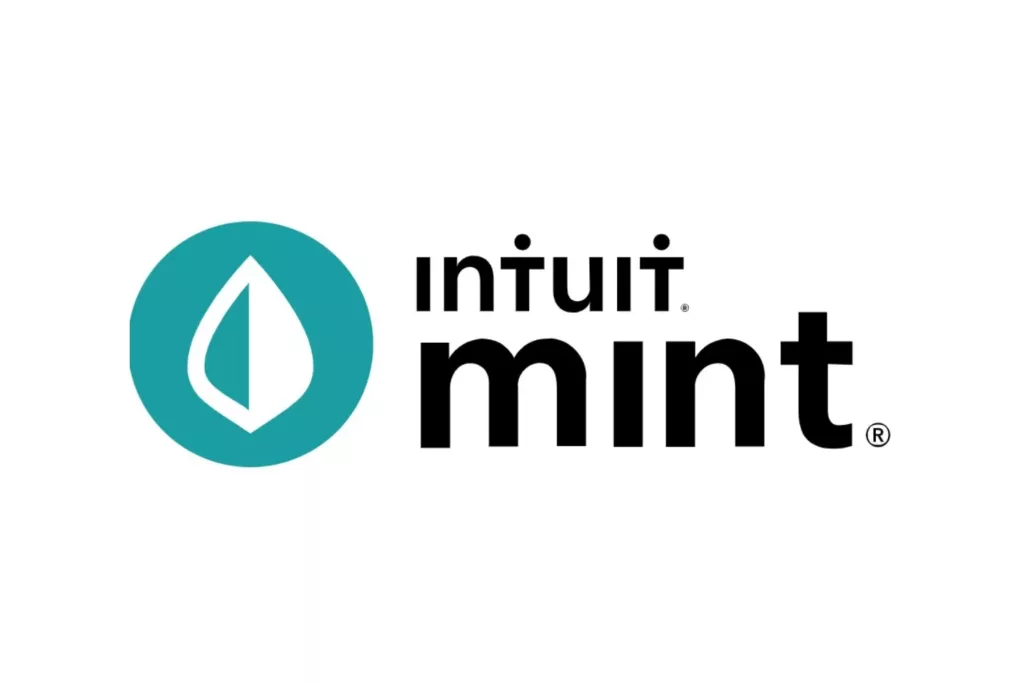
Year Founded: Established in 2006 and acquired by Intuit in 2009.
Trackable Asset Classes: Investment options include stocks, mutual funds, real estate, and cryptocurrency.
Trackable Account Types: Financial services include investment brokers, banks, IRAs, credit cards, personal loans, and insurance loans.
Overview
Mint is a money management and budgeting app owned by Intuit, which owns Quicken. Compared to other platforms, Mint’s investment management software is basic and works best for people with straightforward investment portfolios. You can sign up for free and connect your spending, saving, banking, investing, and lending accounts. This allows you to see all your finances in one place. You can manually add the information if your financial institution isn’t listed.
Mint focuses mainly on banking and debt management. Its basic features help you set goals, create budgets, track bills, and monitor spending. Users receive help budgeting, monitoring expenses, and credit scores, and keeping track of bills.
Here are the investment features:
- Net worth tracker
- Comparing your portfolio to market standards
- See how your assets are spread out.
Mint can be a bit promotional and may suggest signing up for other digital or self-directed investment platforms. Mint is suitable if you need help with spending, saving, and managing debt. However, it’s too basic for those who need more advanced portfolio management software.
Pros & Cons
Pros
- No charge
- Excellent for saving and managing money
- Effective for handling bills
- Provides useful tools for managing debt
Cons
- Limited investment portfolio management capabilities
- Best for new or small investors
- Promotion of additional financial services
SIGFIG
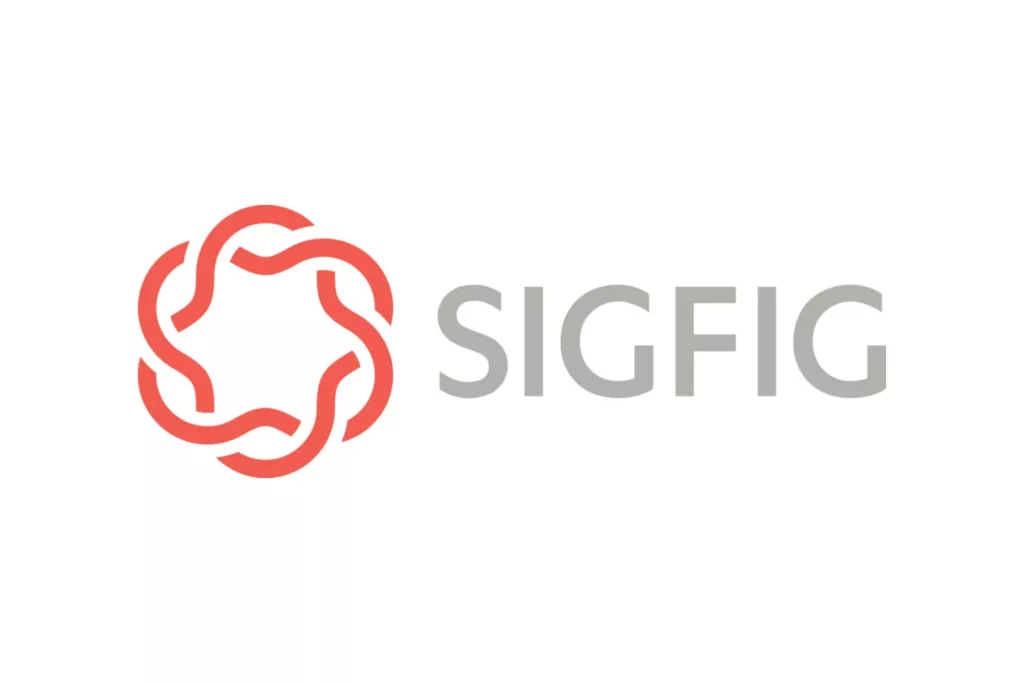
Year Founded: It was founded as WikiInvest in 2007 and was renamed SigFig in 2012.
Trackable Asset Classes: Investment options include stocks and bonds based in the U.S., as well as stocks from developed (non-U.S.) and emerging markets, real estate, and short-term U.S. Treasury securities.
Trackable Account Types: Investment platform
Overview
Like Empower, SigFig provides free investment portfolio management as part of its robo-advisory investment management services. You can easily sign up, connect your financial accounts, add assets manually, and utilize SigFig’s investment analysis tools. By answering a few questions about your financial objectives and risk tolerance, you give the platform the information it needs to suggest an optimal portfolio. This data is used to evaluate your current investments.
After completing the initial quiz, the portfolio analysis report suggests a specific investment portfolio tailored to your preferences, ranging from conservative to aggressive. The report includes an analysis of the following portfolio aspects:
- Market fluctuation
- The division between stocks and bonds or asset allocation
- Cost ratio
- Diversification across different regions
- Cash holding inefficiency
- Relying heavily on one stock
- Suggested investment mix
Users are given an estimated future value of a portfolio suggested by SigFig. The Holdings screen displays performance, basic financial data, gains, losses, and key investment measures.
SigFig limits report customization and does not offer tools for managing spending, saving, debt, or budgeting. However, considering it’s free, SigFig is useful for getting a quick overview of your portfolio and recommended asset allocation.
Pros & Cons
Pros
- Free and thorough analysis of investment portfolios
- Free and thorough analysis of investment portfolios
- Expense analysis helps you understand fund costs, including expense ratios.
- Effortless account connection
Cons
- Limited customization options
- Lacks goal-setting capabilities
- Does not assist with money management, budgeting, saving, debt, or spending
KUBERA
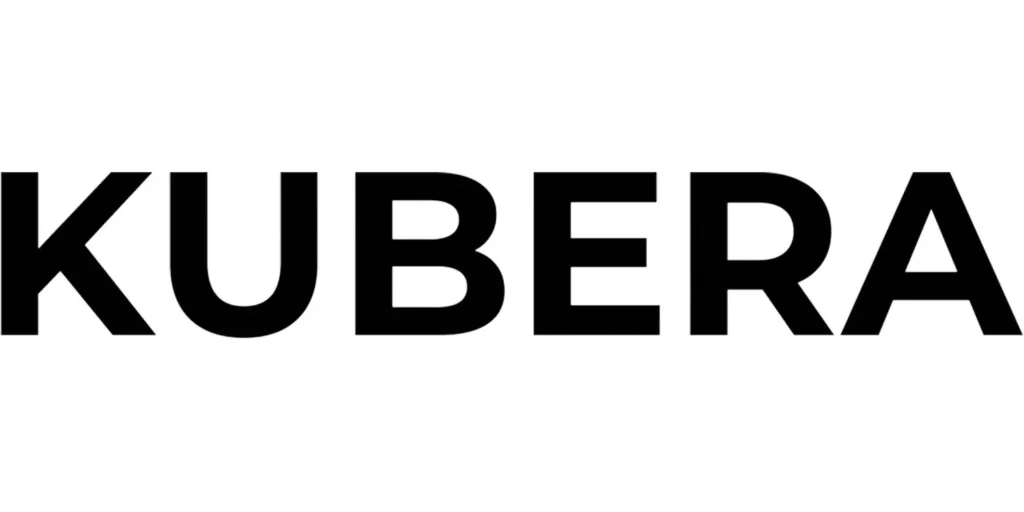
Year Founded: 2019
Trackable Asset Classes: Investments include stocks, ETFs, mutual funds, cryptocurrency/DeFi, NFTs, real estate, cars, metals, web domains, cash, and private investments.
Trackable Account Types: include financial services such as brokerage, banks, fintech companies, and cryptocurrency wallets and exchanges.
Overview
Unlike other options, Kubera is a thorough tool that tracks all assets. It’s not designed to set goals or budgets but to gather and analyze assets. Besides traditional investments like stocks, bonds, and funds, Kubera lets you track cryptocurrency wallets, cars, and website domain names.
The dashboard is neat and displays your total worth, various assets, and their values, including how much cash you have. The Asset Allocation chart breaks down the types of assets and gives a sector analysis of financial assets. The Deep Insights chart shows how your assets have grown, while the net worth tool predicts your future financial situation based on events you plan for, like college expenses.
Kubera charts feature:
- Internal rate of return (IRR) is a measure of investment profitability.
- Asset prices and cost basis refer to the current value of assets and the original purchase price or cost of acquiring those assets.
- Top-performing assets are those that have generated the highest returns or gains over a specific period.
- Asset allocation divides your investments among asset classes, such as stocks, bonds, and cash, to manage risk and optimize returns.
- Net Worth Tracker is a tool that helps you track how much money you have by adding up all your assets and subtracting your liabilities.
Kubera is designed to help you manage and track your overall wealth rather than provide detailed investment analysis. While it may not offer in-depth portfolio analysis, it has useful features like a beneficiary manager to ensure the safe transfer of your assets and important documents to a chosen beneficiary. If you need a more detailed investment analysis, you may need to use another portfolio management software tool.
Pros & Cons
Pros
- Kubera can keep tabs on various asset types, such as cryptocurrency wallets and your car’s current value.
- Ideal for monitoring your overall net worth.
- Dead man’s switch and beneficiary management are helpful for estate planning.
- Tailored for rich individuals to keep tabs on various assets.
Cons
- Few investment analysis reports are available.
- One of the pricier platforms.
MORNINGSTAR INVESTOR
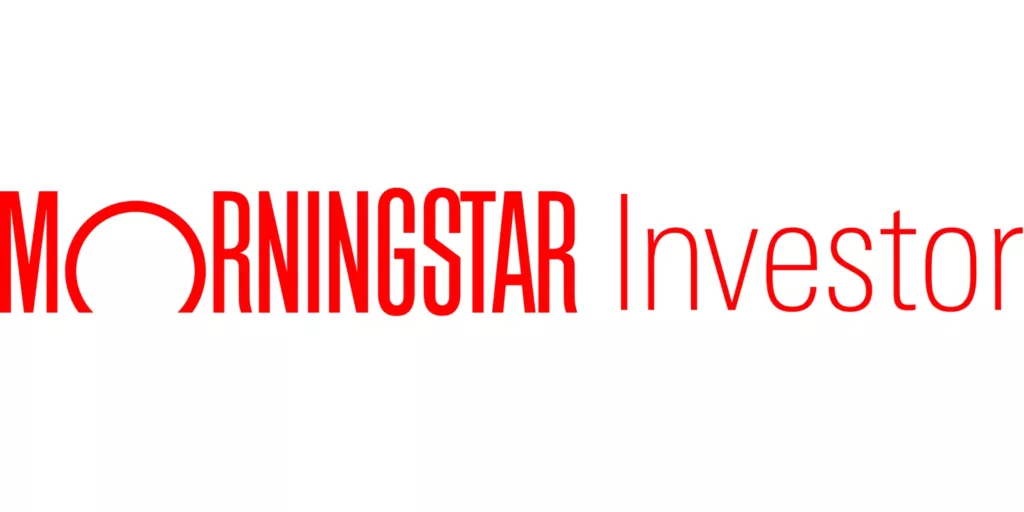
Year Founded: 2022
Trackable Asset Classes: You can sync stocks, mutual funds, ETFs, and CEFs, but bonds and cash need to be entered manually.
Trackable Account Types: Brokerage accounts, bank accounts, insurance, credit union accounts, and credit cards.
Overview
Morningstar Investor is derived from the original Morningstar Portfolio Manager. It’s famous for its “Morningstar X-Ray” feature, which offers comprehensive reports, analysis, and asset screening. Investor provides in-depth analysis and comparisons for your investments, offering insights not typically found on other platforms. Once you link or manually input your portfolio, you can thoroughly analyze your investments.
Morningstar Investor offers extensive customization options for viewing and reporting, making it one of the most versatile platforms. The holdings screen provides over 20 customization options, including typical data like cost, market value, asset percentage, and Morningstar ratings. Stock data reporting covers various aspects such as industry, sector, fundamentals, financials, and profitability ratios.
Morningstar X-Ray is a top-notch portfolio analysis tool offered by Morningstar. It provides comprehensive reports and recommendations comparable to those found in financial advisor portfolio analysis tools.
Reporting features include:
- Asset allocation
- Stock sector
- Fees and expenses
- Stock ratios and statistics
- Stock style diversification
- Stock type
- Global holdings breakdown
- Stock intersection
Morningstar’s platform lacks fully integrated tools for goal planning, budgeting, net worth, and cash flow compared to its competitors. Basic investors seeking strong saving, spending, and budgeting features would find Mint more suitable. Additionally, Morningstar offers screeners for stocks and funds as part of its tools.
Pros & Cons
Pros
- A wide range of investment analysis reports with lots of ways to customize.
- X-Ray examines every part of users’ portfolios.
- Ideal for those investing in stocks, funds, and bonds.
- Morningstar is a top service for researching investments and using analytical tools.
- Can make several investment portfolios.
Cons
- The price could be high for individuals with limited funds.
- Basic personal finance tools for budgeting, saving, and managing debt.
FIDELITY FULL VIEW

Trackable Asset Classes: Shares and loans
Trackable Account Types: Investment, bank, credit card, loan, mortgage, and insurance accounts
Overview
The Fidelity Full View financial management program is a tool by eMoney Advisor, LLC, a Fidelity Company, that helps you organize your finances. It stores data from your linked bank, investment, credit card, loan, mortgage, and insurance accounts and analyzes them all in one place. Once you link your accounts, the information updates automatically every day.
The Fidelity Full View Dashboard displays your net worth, investments, retirement analysis, spending, and insurance protection. It syncs your investments seamlessly and provides views of asset allocation, transactions, and a summary.
The investment reports available include:
- Detailed holdings
- Historical net worth
Fidelity Full View works well with other Fidelity services, like the retirement planner. This tool connects your Fidelity and non-Fidelity accounts with retirement planning tools. By answering a questionnaire, you’ll get a personalized investment strategy and plan.
Fidelity Full View is comparable to Mint, a simple financial planning tool focusing more on budgeting and less on detailed investment portfolio analysis.
Pros & Cons
Pros
- Efficient syncing of portfolios with external accounts.
- Simple and organized layout
- Useful Fidelity calculators and tools
- Tracks various types of accounts
Cons
- Limited investment analysis and management features
- Provides only three investment-related reports
- Exclusive to Fidelity customers
Final Verdict
When you start a weight-loss journey, record your starting weight and then plan to reach your goal. It’s similar to managing your money. Achieving your financial goals is hard if you don’t know your net worth, what you own, and how much it’s worth. Good portfolio management software helps you feel more in control of your finances. While no one can predict the future, knowing what you own, where it is, and how much it’s worth compared to what you paid is a good way to start.
Whether your finances are simple or you have a lot of money to manage, there’s a financial software platform for you. Mint is a good choice if you need help with budgeting, spending, and saving. Kubera might be better for you if you want to track every type of asset in detail. Quicken or Morningstar Investor could be useful for various investment analyses. Ultimately, portfolio management software is like a tool to help you set and plan your financial goals to achieve your desired lifestyle.
Compare the Best Portfolio Management Software Tools
| Company | Trackable Asset Classes | Trackable Account Types |
| Quicken Premier | Investment accounts, retirement plans like 401(k)s and IRAs, mutual funds, options, bonds, ETFs, physical assets like gold or art, and real estate. | Brokerages, bank accounts, and IRS (Individual Retirement Accounts). |
| Sharesight | Stocks, mutual funds, ETFs, bonds, savings accounts, cryptocurrency, forex, options, private investments, real estate, and precious metals. | Investment platform |
| Empower Personal Dashboard | Stocks, bonds, funds, cash equivalents, and real estate. | Investments, retirement savings, bank accounts, debts |
| Mint | Stocks, IRAs, mutual funds, real estate, cryptocurrency, credit cards, personal loans, and insurance. | Investment firm, bank, credit card, loan |
| SigFig | Stocks from the United States, bonds from the United States, stocks from developed (non-U.S.) and emerging markets, real estate, and short-term U.S. Treasury securities. | Brokerage is where you can buy and sell investments like stocks, bonds, and mutual funds. |
| Kubera | Investments can include various assets such as stocks, exchange-traded funds (ETFs), mutual funds, cryptocurrency or decentralized finance (DeFi), non-fungible tokens (NFTs), real estate, cars, metals, web domains, cash, and private investments. | Services like brokerage firms, banks, financial technology (fintech) companies, and cryptocurrency wallets and exchanges are involved in managing money and investments. |
| Morningstar Investor | You can easily connect and track your stocks, mutual funds, ETFs, and CEFs. However, you’ll need to add your bonds and cash balances manually. | You can manage your brokerage, bank accounts, insurance, credit union, and credit card accounts. |
| Fidelity Full View | You can monitor your stocks, bonds, credit cards/bank accounts, loans, mortgages, and insurance all in one place. | You can manage your investment, bank, credit card, loan, mortgage, and insurance accounts in one convenient platform. |
Frequently Asked Questions
1. What Is Portfolio Management Software?
Ans: Portfolio management software is like a digital organizer for your investments. It helps you keep track of your stocks, bonds, ETFs, and mutual funds in one place. With this software, you can easily see how your investments are doing and generate reports to track your progress and cash flow.
2. How Should You Choose Portfolio Management Software?
Ans: When choosing software, start by figuring out what you need. Think about what kinds of investments you have to keep track of. Some people might need software that handles advanced assets like options or futures. But for most people, a simple platform that manages stocks, bonds, funds, real estate, and debt is enough.
Make sure the portfolio management software you pick can connect to your online accounts and update them easily. Check out the reports it offers and make sure its retirement planning tools match what you want. Once you know what you need, look at the platforms available and choose the one that suits your finances and investments best.
3. What Is the Best Portfolio Management Software?
Ans: The ideal portfolio management software is the one that matches what you’re looking for. It should track and analyze your assets and offer reports that are helpful for your financial situation. If you have many investments in different accounts, look for a detailed and complete platform. For those concentrating on retirement planning, choose software with strong retirement planning tools. There’s no single best portfolio management software, just the one that fits your budget and reporting requirements
4. Can You Trade Stocks With Portfolio Management Software?
No, stock trading and portfolio management are different services. Portfolio management software isn’t for trading stocks. You should use an investment brokerage like Fidelity, E*TRADE, or Schwab for stock trading. Alternatively, you can trade stocks using apps like Robinhood or Webull.
While many investment brokers provide basic information about your portfolio, like what you paid for your investments, any profits you’ve made, dividends, and how your money is spread out, they usually don’t include all your other accounts. On the other hand, portfolio management software works alongside your investment broker account and brings together all your financial information, giving you reports and insights in one place.
Methodology
Portfolio management software helps you see your total value, how much you’ve gained or lost, and how well your investments are spread out. To find the best portfolio management software, we looked at different platforms to see how easy they are to use, what kinds of assets they track, how many types of accounts they support, their fees, the investment advice they offer, and the quality of their tools for setting goals and managing taxes.











